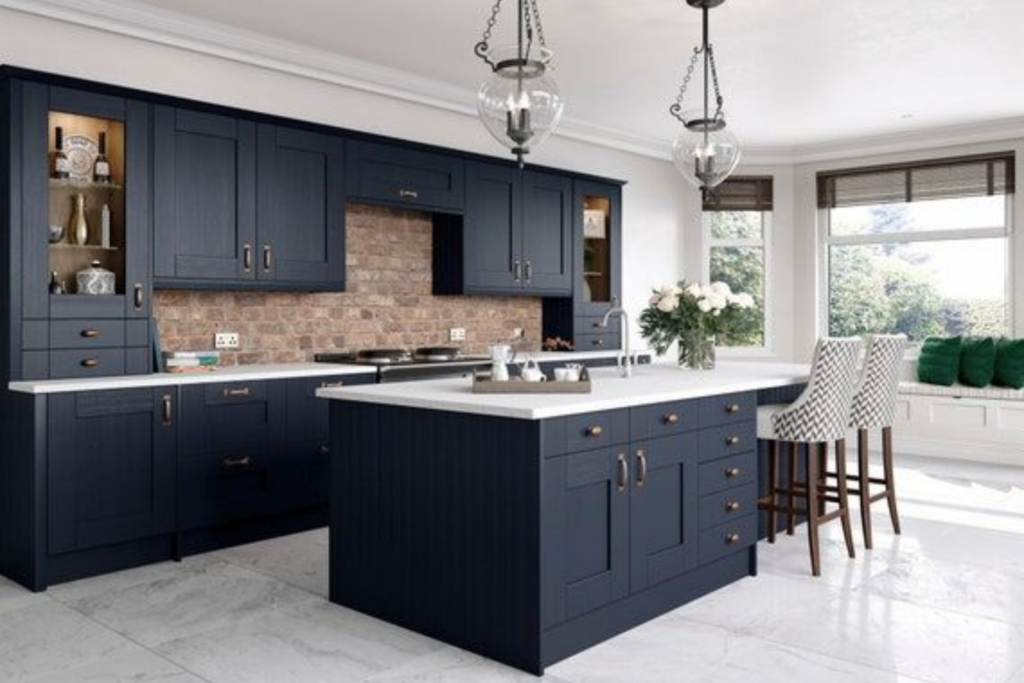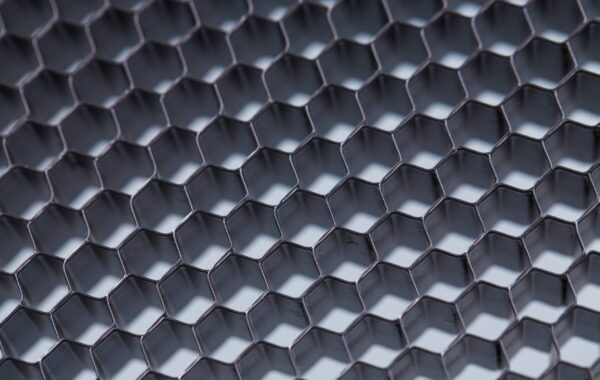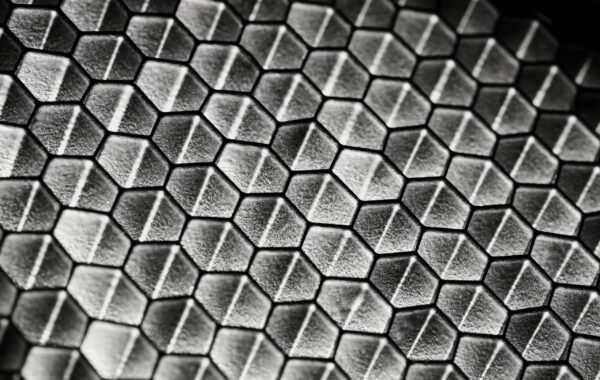
Kitchen Cabinets: Why Material Selection Should Be Your Top Priority
When renovating your kitchen, selecting the material for the cabinet represents one of the most important choices you will make. Cabinets are not only the most exposed in your kitchen, but they are also highly exposed to wear and tear from heavy usage, moisture, and heat exposure on a daily basis. The type of material you choose for your kitchen cabinets can have a significant impact on its durability, functionality, and attractiveness. This article will explain in more detail why the type of material should be at the top of your list and how it could make or break your renovation.
1. Durability and Longevity
Material selection for the kitchen cabinets is a critical task because durability is important. The kitchen is a high-traffic area where people are opening, closing, and even slamming cabinets every now and then. Additionally, they encounter a variety of elements such as moisture from cooking and cleaning, heat from appliances, and occasionally direct sunlight. The material selected must be able to bear such conditions without losing its structural integrity or even its look.
For instance, solid wood cabinets have become synonymous with durability. Hardwoods, especially oak, maple, and cherry, are particularly durable and resistant to scratches, dents, and other forms of damage. While materials like particleboard and medium-density fiberboard are cheaper, they are less durable and tend to warp or swell with moisture exposure.
The use of high-quality, durable materials ultimately ensures that the cabinets withstand the test of time, saving you money on long-term repairs or replacements.
2. Aesthetic Appeal and Style
The material of the kitchen cabinets has a significant impact on your kitchen’s overall look. Different materials will provide different textures, colors, and finishes to help you achieve the desired look to go along with your personal style and complement the overall design of your home.
For instance, solid wood cabinets have that natural appeal, warmth, and timelessness, working in both traditional and modern kitchen settings. Staining or painting wood in a wide range of colors allows for flexible design options. In contrast, stainless steel cabinets are sleekly modern-looking with an industrial feel, fitting for contemporary kitchens. They are also easy to clean and maintain, making them popular in professional kitchens.
Other less expensive alternatives to natural wood are man-made materials that can mimic the appearance of real wood and sometimes other materials. While such materials may achieve the desired look, they are often without the depth and richness of real wood, and durability may also be a concern.
This, combined with your careful selection of the materials that will go into the cabinets, will make the kitchen highly functional and beautiful, reflecting your great taste.

3. Maintenance and Upkeep
Ease of maintenance is another important factor to consider when choosing the material for your kitchen cabinets. You cannot handle all materials equally, as some require more care and attention than others. Choosing a material that suits your specific lifestyle and cleaning habits can make all the difference in the life and appearance of your cabinets.
While beautiful and long-lasting, solid wood cabinets may require periodic maintenance in the form of refinishing or resealing to maintain their appearance. They can also be more susceptible to water or humidity damage, requiring careful cleaning and drying.
On the other hand, there are low-maintenance materials like laminate or thermofoil. Households with heavy traffic can easily clean these materials with a wet cloth, as they do not absorb moisture. They may chip or peel over time, necessitating repair or replacement.
Stainless steel cabinets, on the other hand, are very durable and simple to clean but show a lot of fingerprints and smudges, which one may have to wipe off more frequently if he wants to keep the units looking polished.
Knowing what different materials require in terms of maintenance can help you choose a cabinet material for your lifestyle. Understanding this will also ensure that your kitchen stays beautiful and functional with little effort.
4. Cost Considerations
The budget is a major factor in any renovation, and the material one chooses for kitchen cabinets will undoubtedly reflect this. Always resist the temptation to choose cheap material, as it may have long-term implications.
For example, the price of solid wood cabinets will be higher compared to MDF or particleboard-made ones. Still, it may be worth investing in them because they are more resistant and classic, requiring no replacements or major repairs.
Laminate and veneer, which are man-made materials, are cheaper alternatives with their own design possibilities. While they may not have the same longevity or aesthetic depth as natural materials, they can prove to be cost-effective for those on a tight budget.
Ultimately, you must balance cost against quality and durability. Investing in high-quality material for your kitchen cabinets will save you money in the future because you won’t have to spend too much on frequent repairs or replacements.

Conclusion
Material selection for your kitchen cabinets is a very important criterion in designing and remodeling. From durability and aesthetic appeal to maintenance, cost, environmental impact, and resale value, your eventual material choice will have a large impact on the functionality and beauty of the kitchen. With quality, durable materials, you can be sure that your kitchen will continue to stay inviting and functional for years to come. Whether you’re going for a more traditional feel with solid woods or prefer the modern look and sleekness of stainless steel, the quality and thought in choosing your materials will pay off in the long run.


